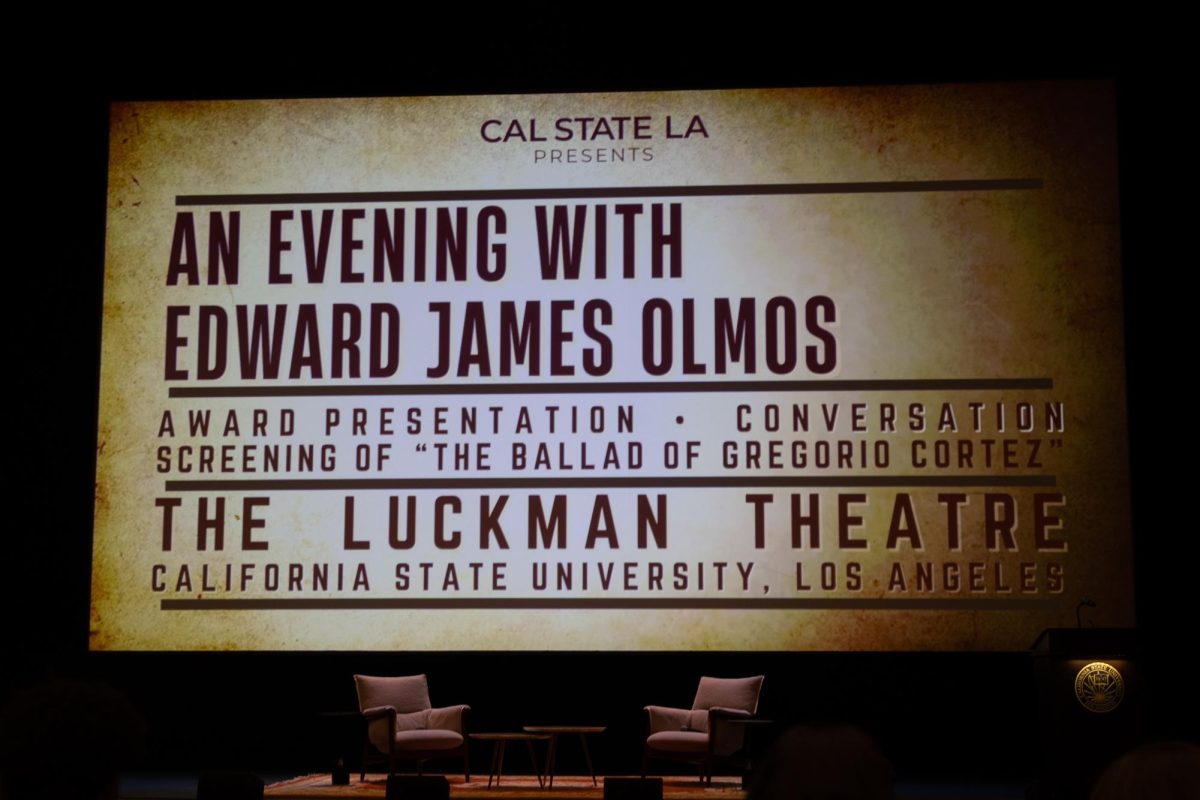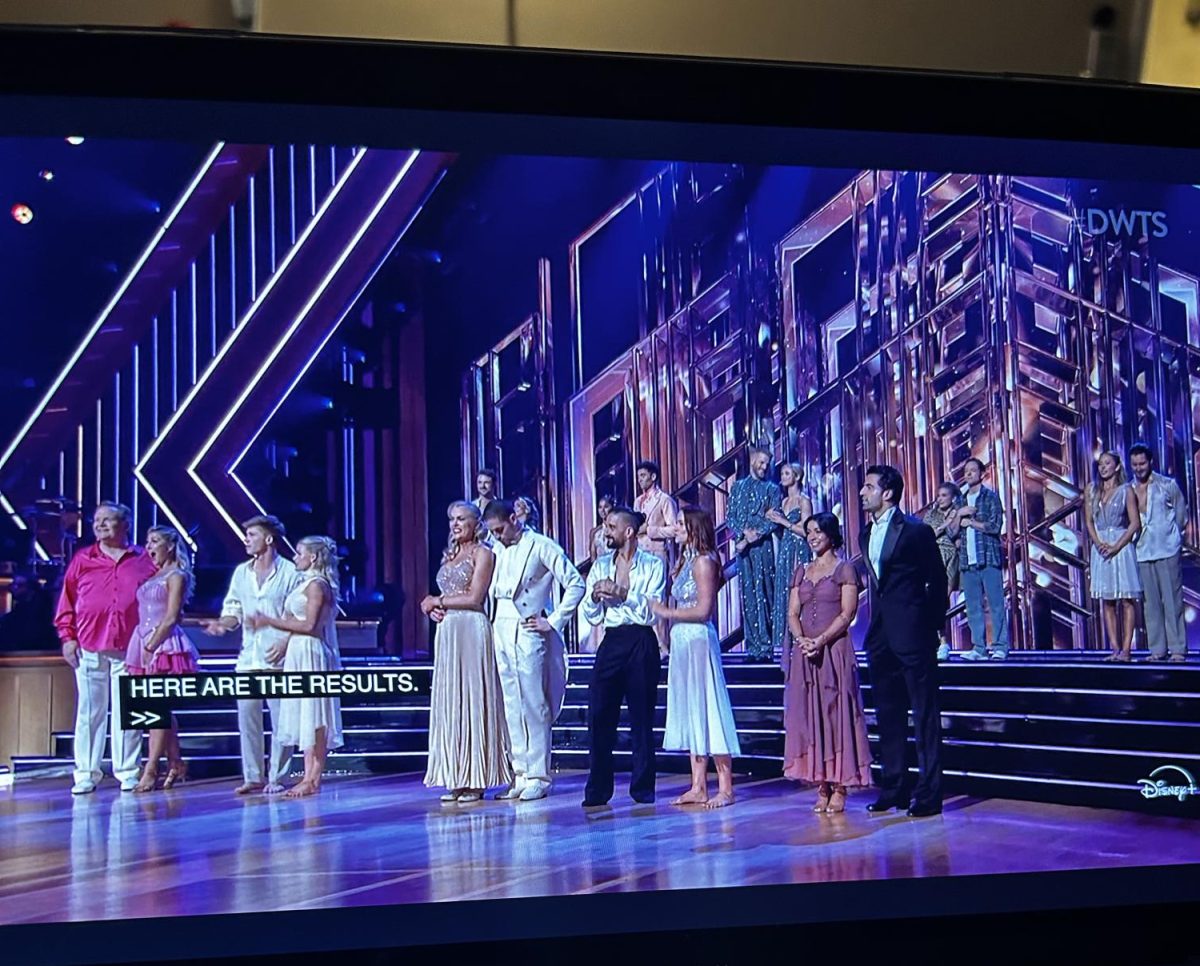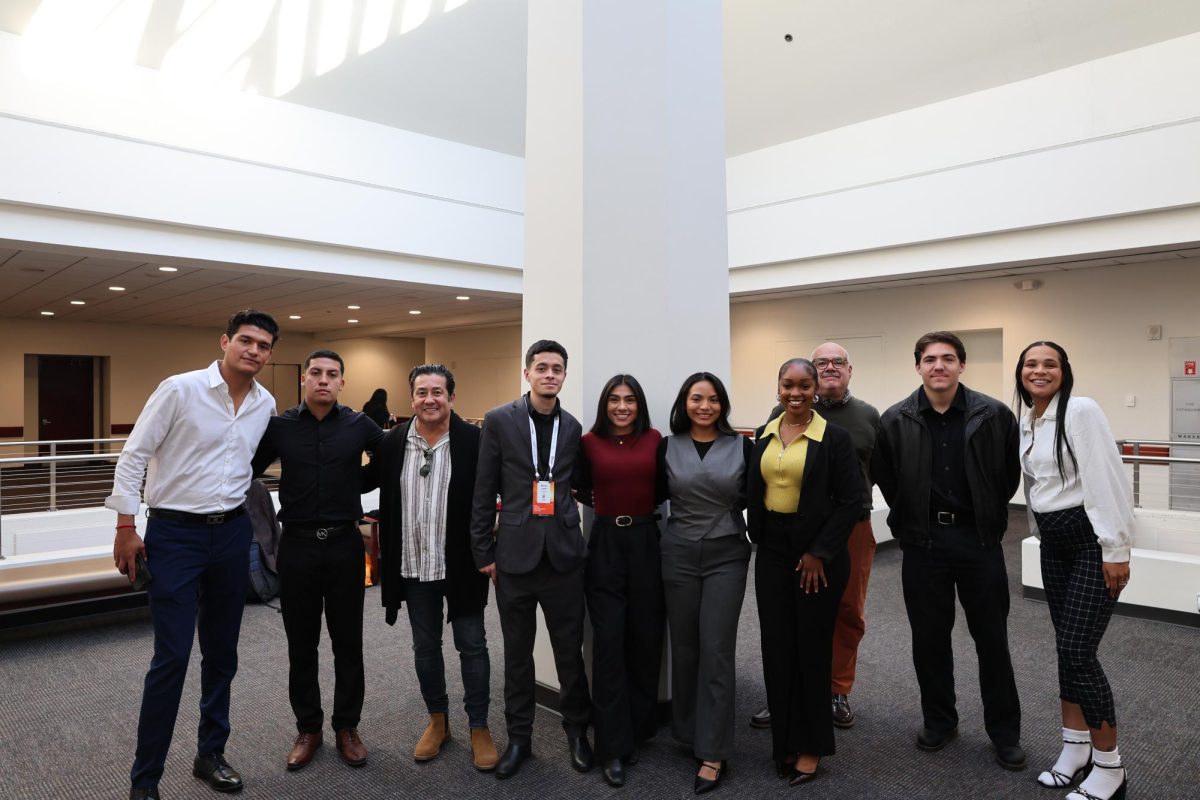Cinema’s most iconic toys return to the big screen.
Disney/Pixar’s “Toy Story 4” and Orion Pictures’ reboot of “Child’s Play” both released over the weekend.
Leading up to the release, the marketing campaign for “Child’s Play” had posters featuring Chucky having murdered toys that bare resemblance to Woody and his friends in tongue and cheek fashion.
The release of both films offer an interesting take on their portrayal of a toy’s relationship to a child.
“Toy Story” has always had a more traditional approach on how children interact with their toys. Much is left to the imagination of a child and the narratives they make with their toys.
In contrast, “Child’s Play” updates the story by making the doll an artificial intelligence toy to the likes of an Alexa or a Siri, which is much more relevant in today’s age. Smart devices have become a necessity to access information while keeping people connected.
While traditional toys have not become unpopular, they certainly have some competition.
A 2015 report titled “The Connected Kids” by Childwise, a market research firm, collected data since 1995 observing children’s habits with media.
The report studied 2000 kids, noting screen time was up to six and a half hours for children between five and 16 years old. The ability to have multiple devices out at once has certainly contributed to that, including the information intake.
YouTube is mentioned as being one of the top three sites children have found themselves on with Snapchat growing, according to the report.
Meanwhile, the National Purchase Diary (NPD) Group reported in a 2018 press release that toy sales were only 2% down after four straight years of growth. Part of the decline was attributed to the closing of Toys”R”Us according to Juli Lennett, senior vice president and industry advisor of toys for the NDP.
“Overall, a two percent decline is a solid performance after such a significant shift in the retail landscape,” said Lennett in the report.
It was noted that action figures were up 10% and dolls had a boost of 7% in sales from 2017. Youth electronics only saw a 3% boost, which is still significant as it is one of the four categories that saw growth.
Both studies read the pulse of what is popular in today’s age as the films reflect that.
Toys are still popular amongst children which has given weight to the “Toy Story” brand as an experience many know. “Child’s Play” gets to play on the direct fear of not just dolls this time around but now technology in a world where everything is connected.
The direct parallel between the films is the character arcs the lead toys follow; trying to make their owners happy and having to find new ways to fulfill their purpose.
“Toy Story 4” finds Woody struggling to do his job as a toy when his owner, Bonnie, has become interested in other toys. She creates Forky, a spork with googly eyes and a pipe duster for arms who struggles with the existential crisis of being a toy but also trash. Woody takes responsibility over him to make sure Forky is there for Bonnie. The question Woody begins to face is if Bonnie is the one who needs Forky or is it Woody who needs Bonnie? Chucky faces a similar dilemma as a defective doll.
“Child’s Play” humanizes Chucky in a way audiences have not seen before by making his soul mission to make his owner, Andy, happy. Chucky’s defectiveness is funny to Andy at first but when he finally starts to make friends, the doll tries to get rid of them to make sure Andy and him are friends until the end. To Chucky, it is all in an effort to make Andy happy as he constantly repeats, “Are we having fun now?”
Chucky and Woody’s journey takes two different directions, but they are rooted in the same issues they face which is the fear of failing to fulfill their purpose.
If anything, this gives some interesting counter programming for audiences to pick this weekend between the two biggest long running franchises about toys.
“Toy Story 4” and “Child’s Play” (2019) are both out in theaters now playing at local cinemas.















Albert • Jul 10, 2019 at 6:56 pm
Well done!